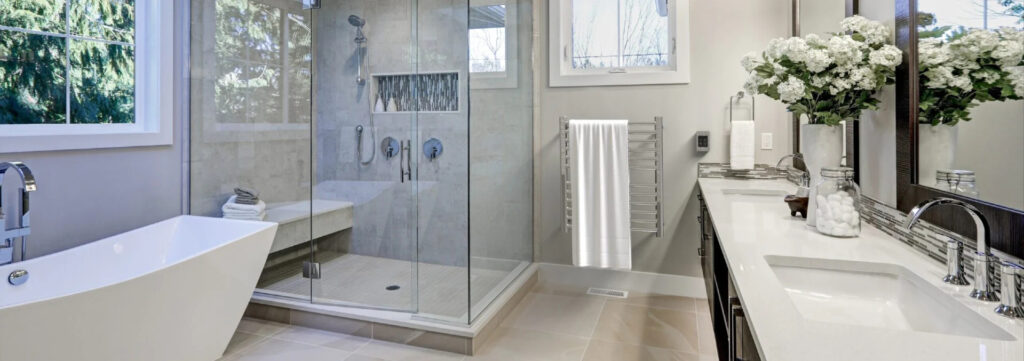
When you decide to add the luxury of heated towels to your bathroom, the first major choice you face is not about style or finish, but about installation: do you choose a wall-mounted unit or a freestanding one? While a wall-mounted towel warmer offers a permanent, streamlined look, the amba freestanding towel warmer offers a compelling set of benefits centered on flexibility, convenience, and simple installation that make it the perfect choice for many modern homes and temporary living situations.
The primary difference comes down to commitment. A wall-mounted unit requires electrical hardwiring (or concealing a plug-in cord) and, crucially, permanent mounting to the bathroom wall, often involving drilling into tile or plaster. This is a great solution for a full renovation or a custom-built home. However, if you are renting, if your bathroom wall has complicated plumbing or wiring inside it, or if you simply don’t want the mess and expense of hiring an electrician, a freestanding unit provides instant luxury without any strings attached.
The Unmatched Value of Mobility
The greatest strength of the amba freestanding towel warmer is its portability. Since it requires nothing more than a standard electrical outlet to operate, you can place it exactly where you need it most. Imagine taking a long soak in a tub that’s far from the main shower area. With a freestanding unit, you can place your warm towel within arm’s reach of the tub. Even more beneficial is the ability to move the unit from a primary bathroom to a guest suite or even a laundry room to warm clothes or delicate items. It’s an appliance that adapts to your needs, not the other way around.
This mobility makes it particularly popular with renters or those who move frequently. When your lease is up, a freestanding warmer can simply be unplugged and packed in a box, ready to deliver that spa-like comfort in your next home. There’s no need to repair walls or worry about property damage. Furthermore, from a design perspective, if you rearrange your bathroom furniture or change your mind about the best location for the towels, repositioning the warmer takes mere seconds. A wall-mounted unit, once installed, is a permanent fixture.
Simple Setup and Instant Gratification
The installation process—or lack thereof—is a huge selling point. Setting up a amba freestanding towel warmer means taking it out of the box, assembling the base, and plugging it into a standard 120V outlet. This is a true DIY project that requires no special tools, electrical knowledge, or professional help. You can go from unboxing to enjoying a warm towel in less than fifteen minutes. This simplicity dramatically lowers the overall cost and time investment compared to a hardwired model, where professional installation might cost as much as the warmer itself.
Freestanding models are also designed with safety and stability in mind. They feature sturdy bases to prevent tipping and are built to the same high standards as their wall-mounted counterparts, ensuring efficient heating and long-term durability. While they might take up a small footprint of floor space, the convenience and flexibility they offer in return far outweigh this minor consideration, especially when compared to the structural changes required for permanent installation.
A Design That Complements, Not Commits
While some people prefer the built-in, invisible look of a hardwired wall unit, modern freestanding towel warmers are designed to be elegant, minimalist pieces of bathroom furniture. They add a sophisticated, almost sculptural element to the room. The sleek metal finishes and clean lines of a quality freestanding model ensure it complements contemporary or traditional décor without creating a visual distraction.


